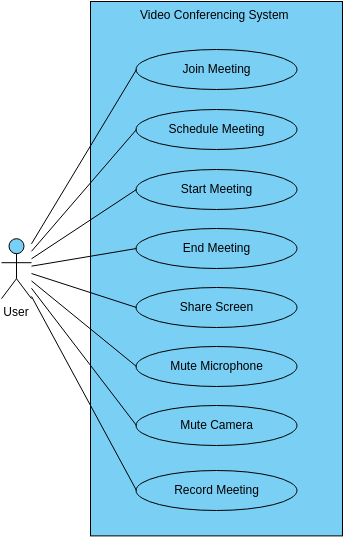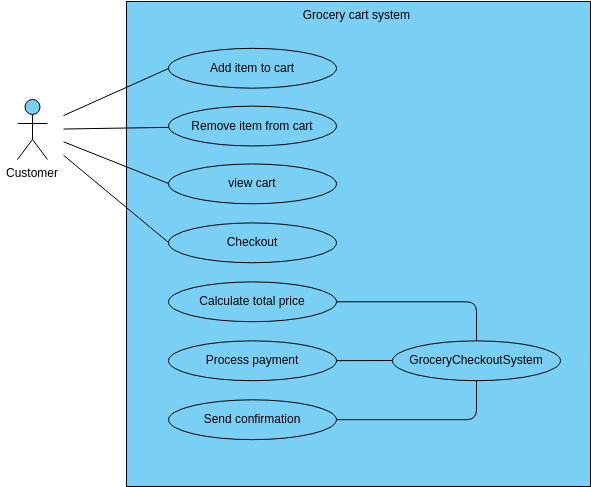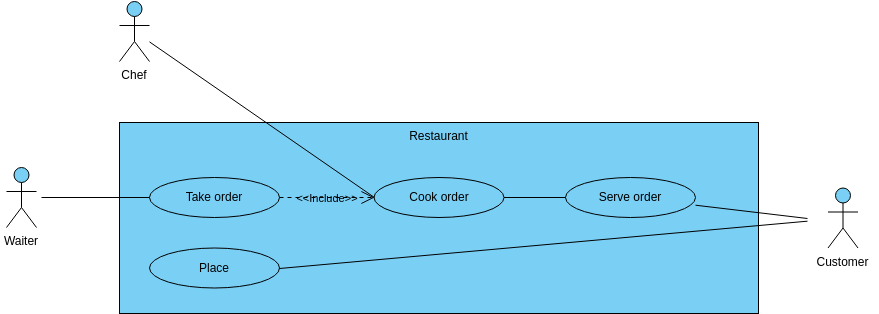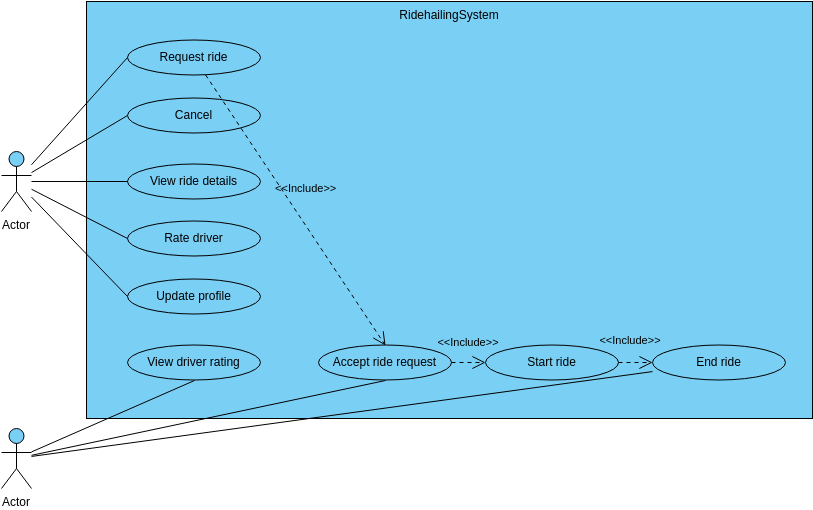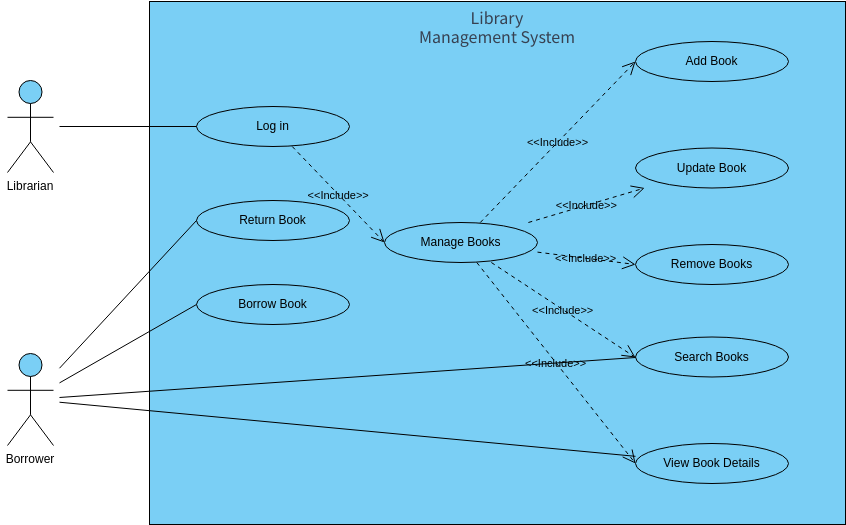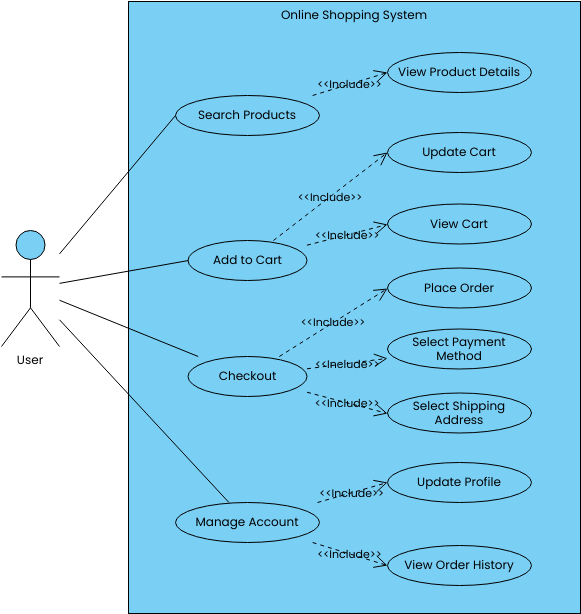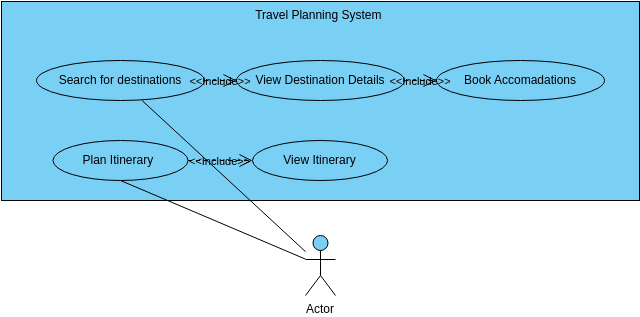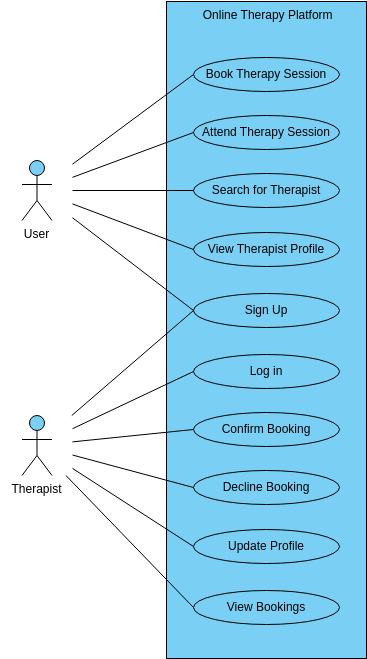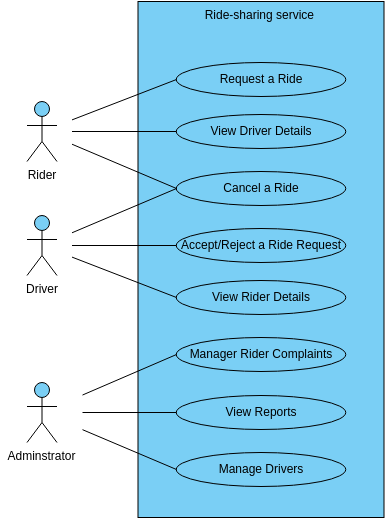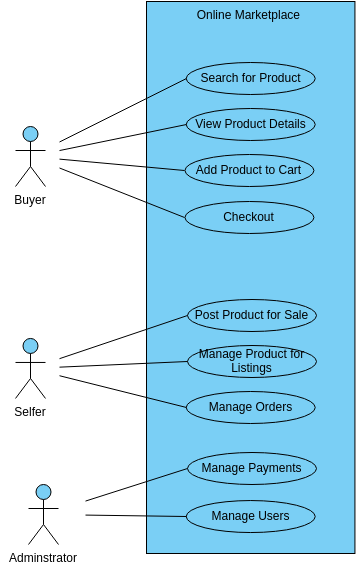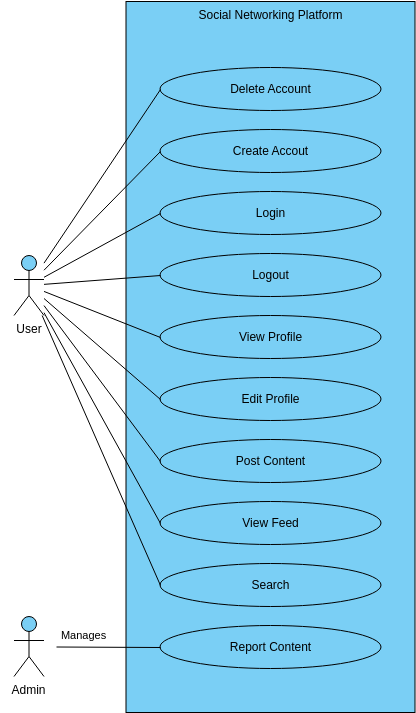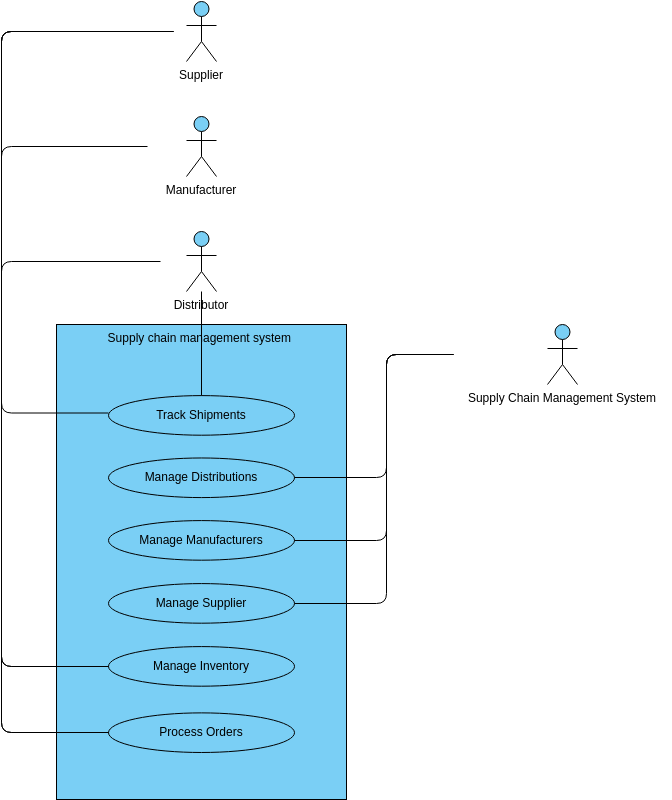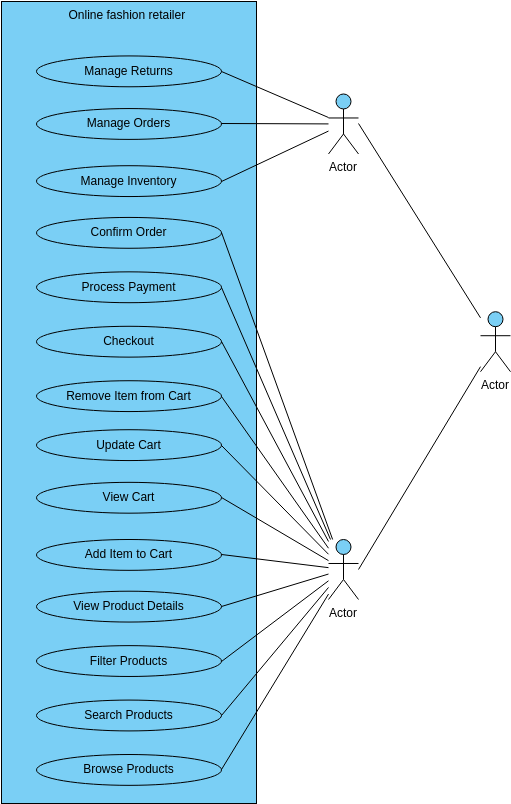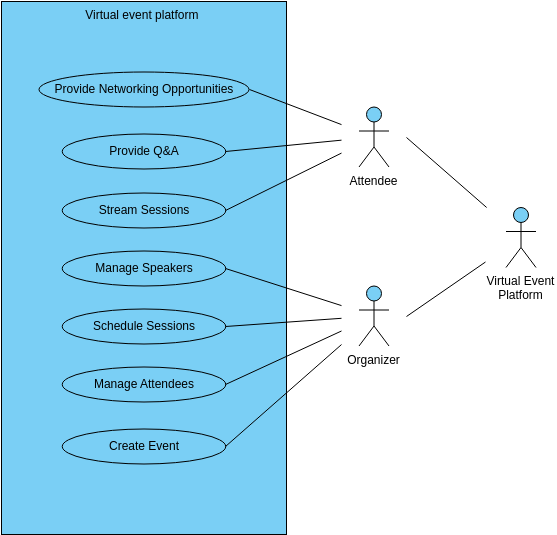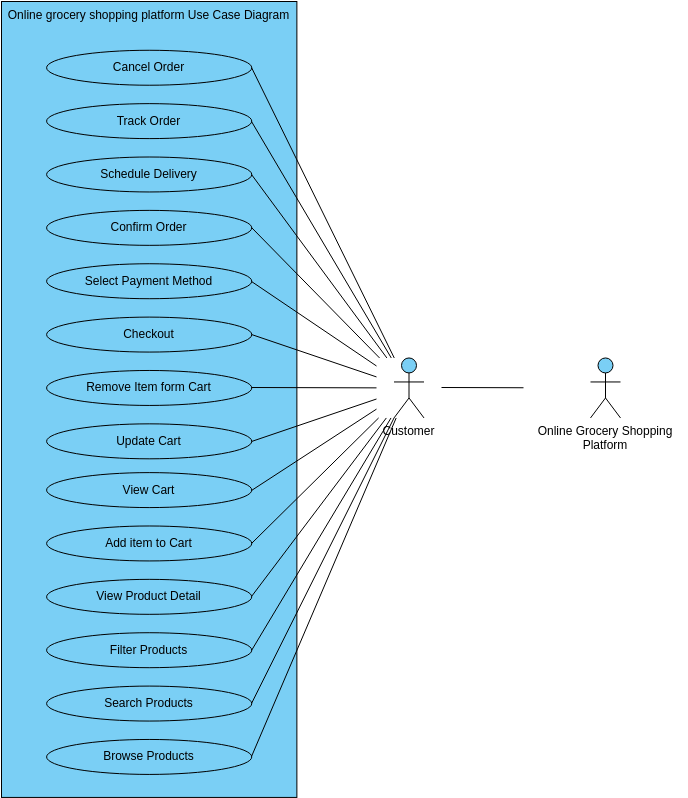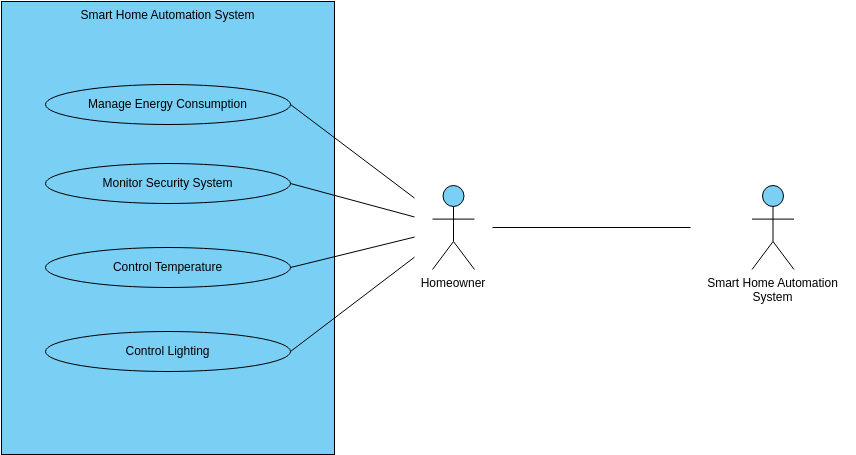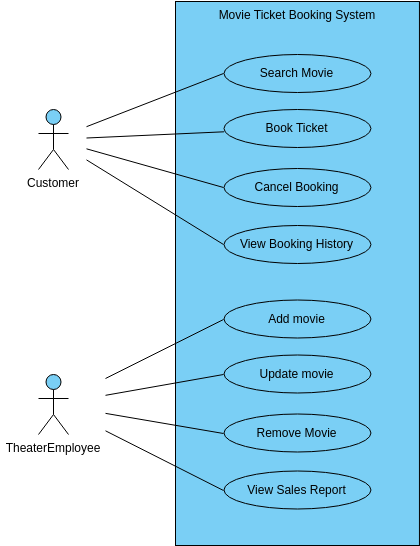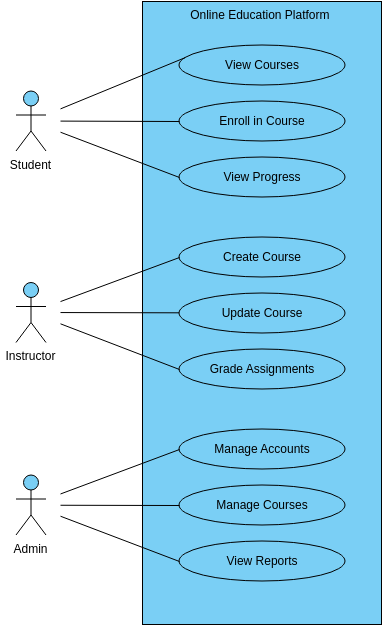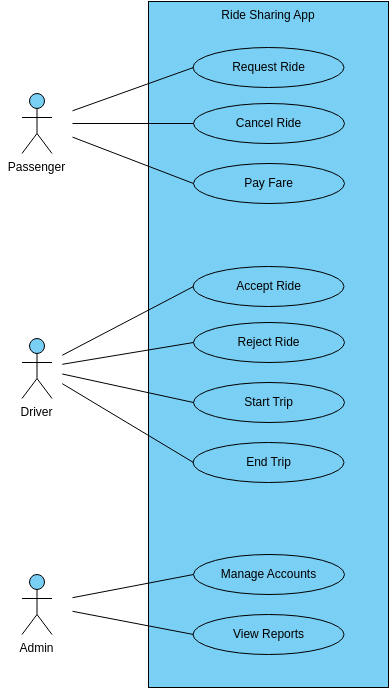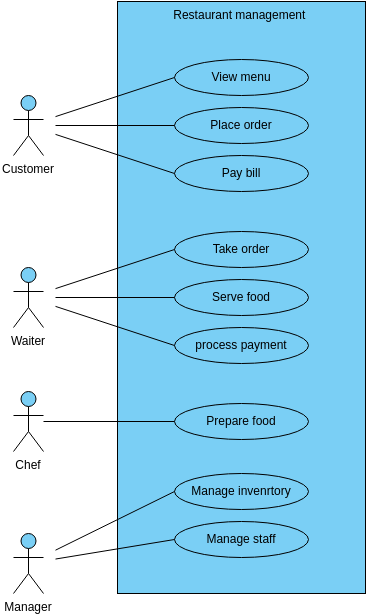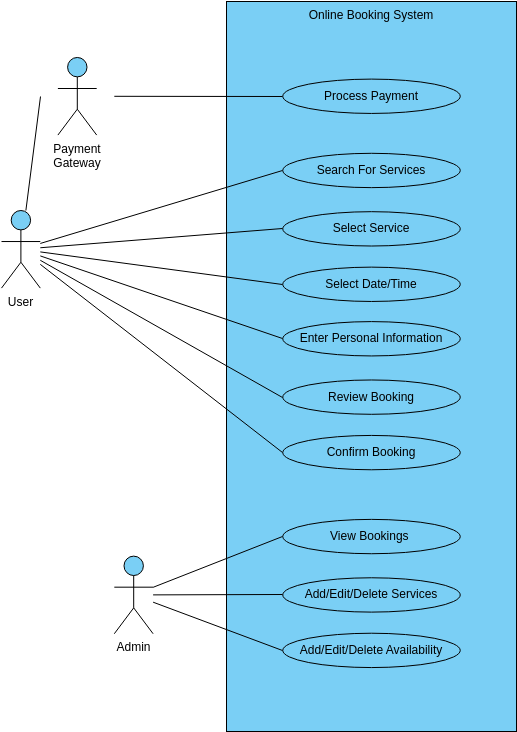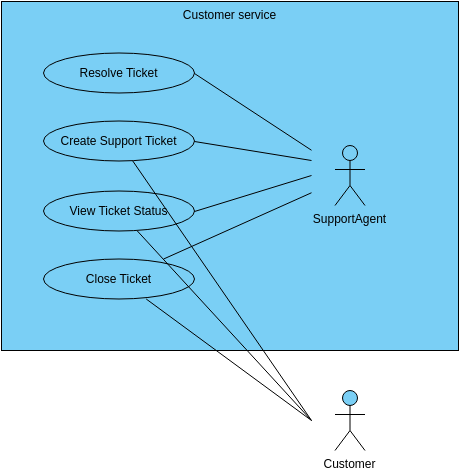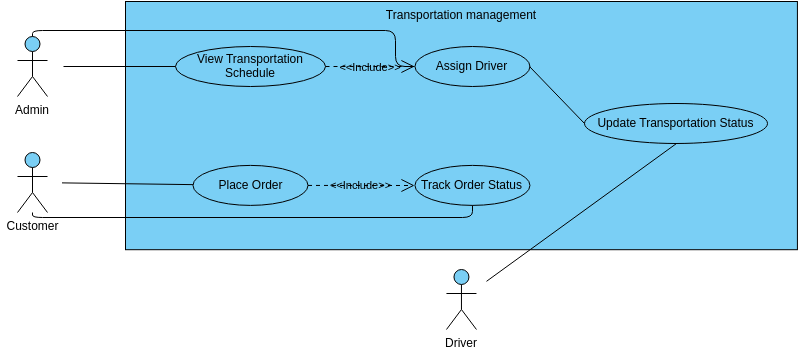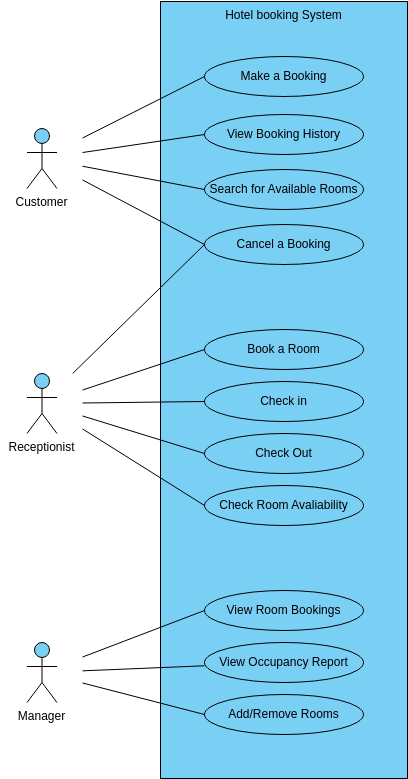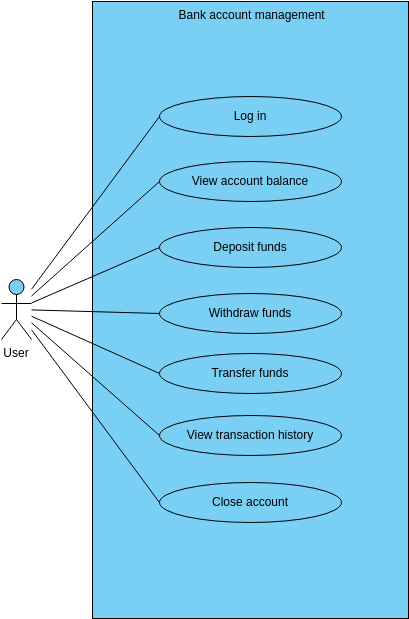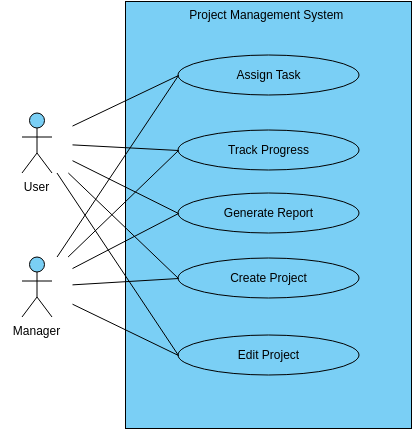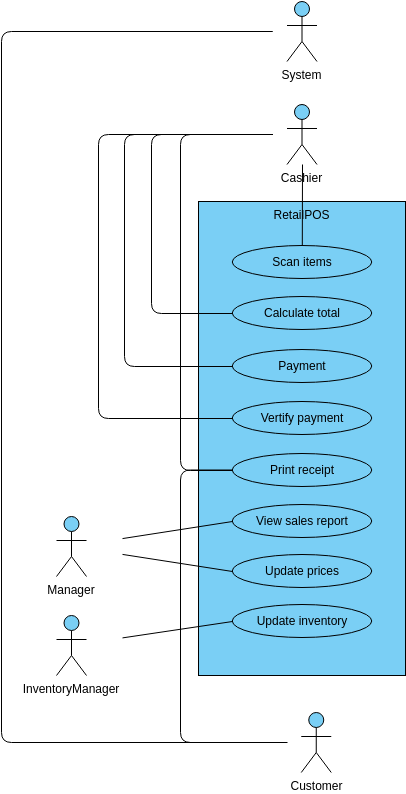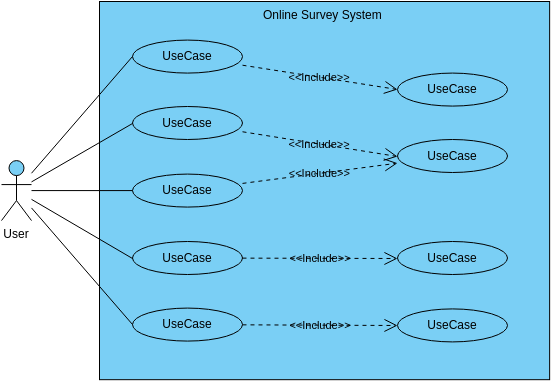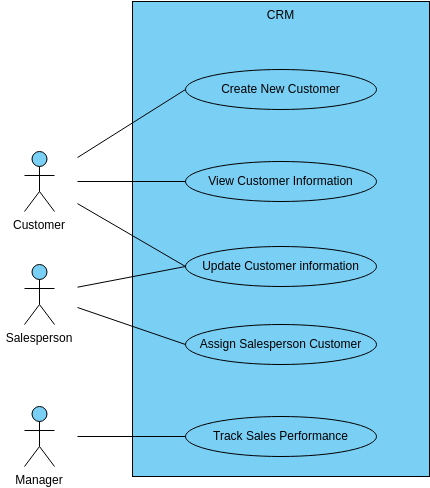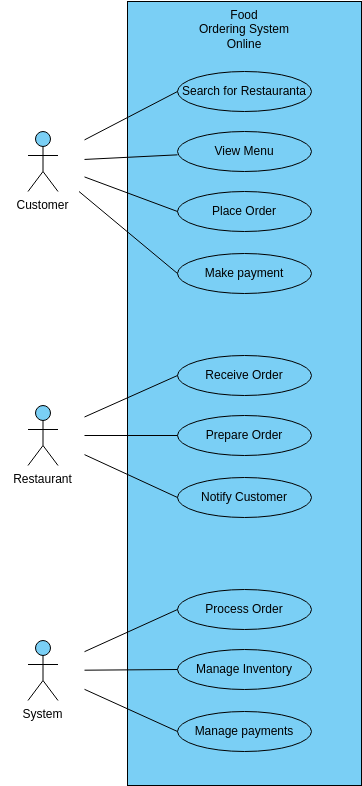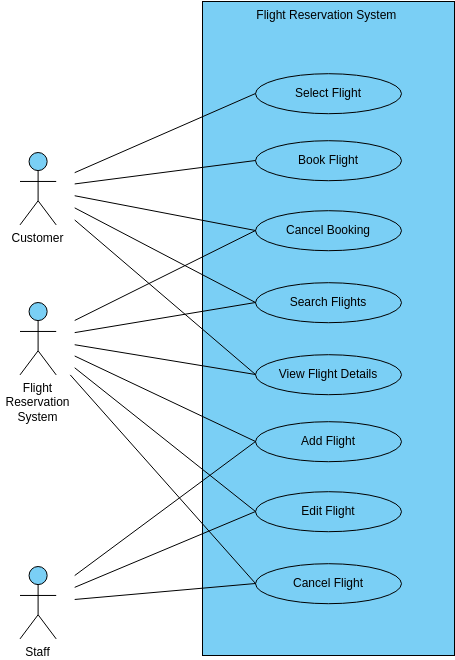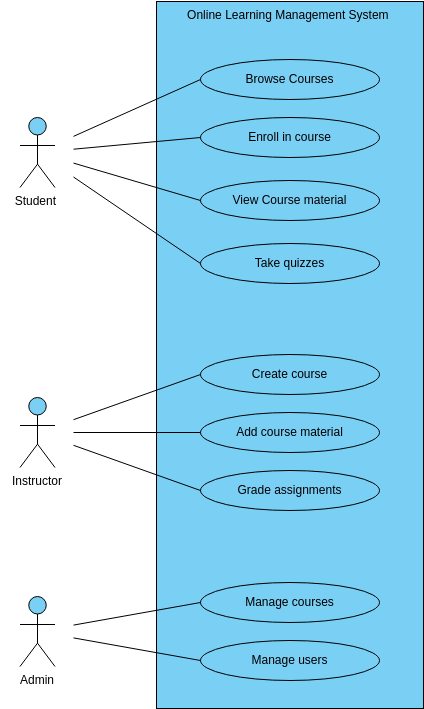Video Conferencing System
A Video Conferencing System use case diagram is a visual representation of the various features and actions that can be performed within the system. The diagram typically consists of actors, use cases, and relationships between them. In this particular diagram, the main use cases are Join Meeting, Schedule Meeting, Start Meeting, End Meeting, Share Screen, Mute Camera, and Record Meeting.
The Join Meeting use case allows users to connect to an ongoing meeting or join a scheduled meeting. This is an essential feature for remote teams and individuals who need to collaborate and communicate effectively. With this use case, users can easily connect to a meeting and engage in productive discussions with colleagues or clients.
The Schedule Meeting use case allows users to set up meetings in advance and invite participants. This is a great way to ensure that everyone is on the same page and that meetings are organized and efficient. Users can set the date and time of the meeting, invite participants, and set the agenda for the meeting. This use case is particularly useful for teams that work remotely or in different time zones.
The Start Meeting use case allows users to initiate a meeting and invite participants to join. This is an important feature for teams that need to collaborate in real-time and discuss important topics. Once the meeting has started, users can share their screen or mute their camera if needed. This use case allows for a more personalized and productive meeting experience.
The End Meeting use case allows users to wrap up the meeting and ensure that everyone is on the same page. Once the meeting has ended, users can choose to record the meeting for future reference. This use case is particularly useful for teams that need to review the content of the meeting or share it with others who were unable to attend.
Overall, the Video Conferencing System use case diagram provides a clear and concise overview of the various features and actions that can be performed within the system. By understanding these use cases, users can make the most of the system and collaborate and communicate effectively with colleagues and clients. The diagram can also be helpful for identifying areas for improvement and optimizing the video conferencing experience for all users.
Pros of creating this diagram
There are several benefits to creating a use case diagram for a Video Conferencing System, such as the one you described. Here are some of the potential pros:
Improved understanding: A use case diagram provides a visual representation of the system and its features, making it easier for stakeholders to understand how the system works and what it can do. This can be especially helpful for people who are new to the system or who need a quick reference guide.
Improved communication: The diagram can be used to facilitate communication between different stakeholders, such as developers, designers, and business analysts. By providing a common language and understanding of the system, the diagram can help to ensure that everyone is on the same page and working towards the same goals.
Identifying gaps and redundancies: When creating a use case diagram, it's important to examine the system holistically and identify any gaps or redundancies in the features. This can help to improve the system by ensuring that it meets the needs of its users, is efficient, and is easy to use.
Planning for future development: A use case diagram can also be used to plan for future development of the system. By identifying the most important features and use cases, stakeholders can prioritize what needs to be developed next and ensure that the system continues to evolve to meet the changing needs of its users.
Searching for some use case templates? Go to Visual Paradigm Online and select some designs for customization now!
